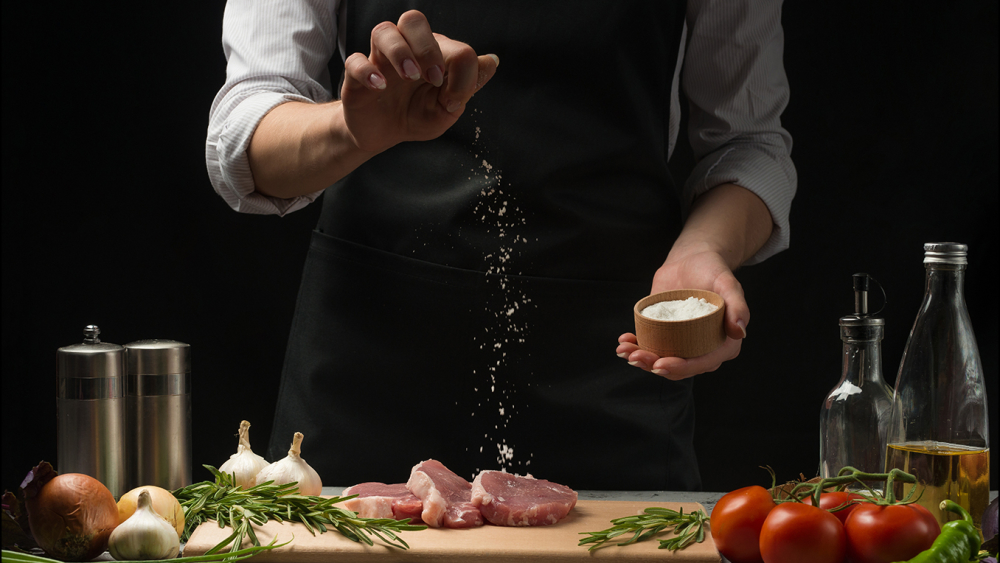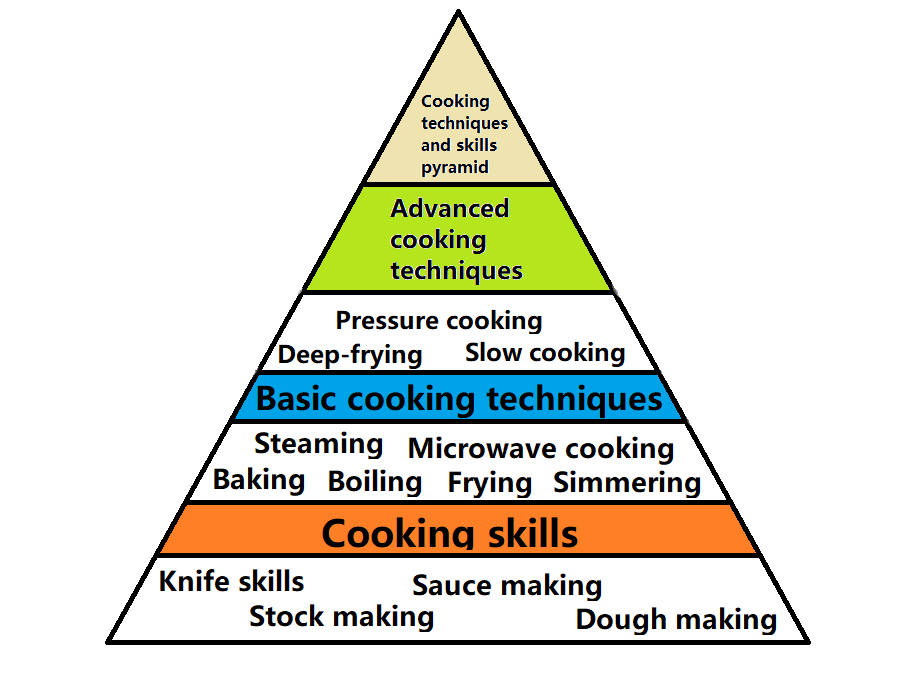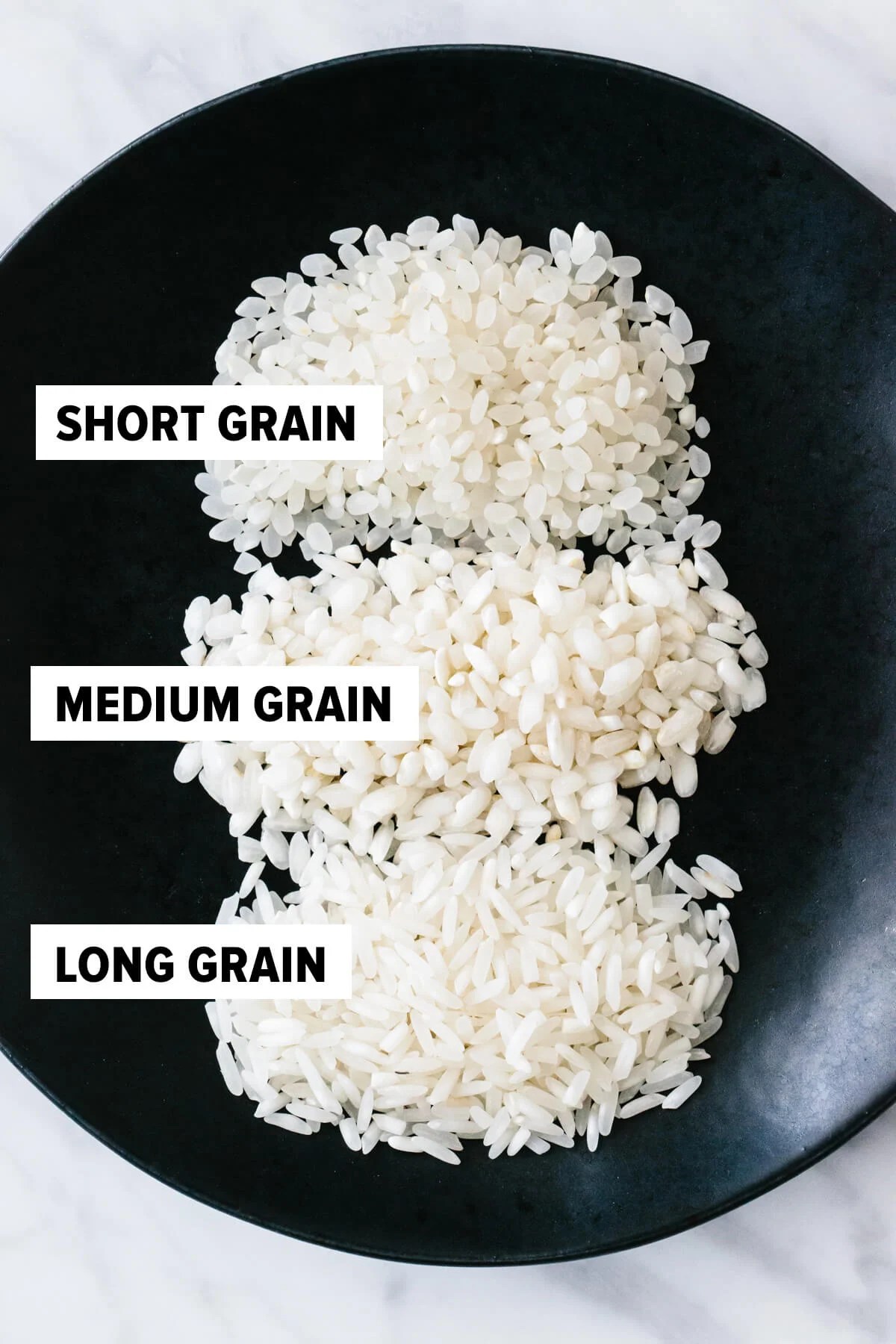
Des Moines, or pepper squash, is another name for Acorn squash. It has sweet flesh inside and has longitudinal ridges. It is a winter squash but it is the same species as summer squashes. Try different ways to prepare squashes if you like them. These are some great ways to make acornsucculent delicious and nutritious. It can be substituted for starchy vegetables.
In the microwave, you can cook acorn squash
Microwaving is a great way to cook acorn squash. The best part about cooking this type squash is its simplicity. The steps are simple: Cut the acorn zucchini in half, remove seeds, and rinse the dish. Season the squash with salt, pepper, and place it onto a microwave-safe plate. It is easier to peel and mash acorn squash by microwaving it. Add some butter, a bit of sugar, and a touch of salt.
Make sure you choose acorn squash with smooth skin and dense flesh before cooking in the microwave. Acorn squash can be purchased in varying sizes - from one to three pounds - and the bigger the squash, the longer it will take. If you are unsure, you can cut it vertically with a sturdy chef's knife to prevent breaking the stem. After cutting the acorns squash, take the pieces apart with your fingers.

Acorn squash can be used as a substitute to other starchy vegetable
Acorn squash is a great substitute for starchy vegetables. Acorn squash is rich in fiber, vitamin C, potassium, magnesium, and vitamin A and B. The best way to enjoy this versatile vegetable is by roasting it. You can stuff it with quinoa or pumpkin seeds, as well as cheese. Acorn squash is a great choice for sweet and savory recipes, unlike potatoes.
Carotenoids are powerful antioxidants found in Acorn squash. They are plant pigments called carotenoids. Alpha-carotene may be protective against certain types of cancers and mental decline. Acorn squash is high in this antioxidant. It is also rich in vitamin C, soluble and insoluble fibre, which helps regulate blood sugar and promote regular bowel movements. In addition to these health benefits, it's delicious and versatile.
Acorn squash has many health benefits
Vitamin C, found in Acorn squash, is important for the body's ability to respond to cancer treatments. This mineral acts as a "targeting agent," meaning that it helps to kill cancer cells more effectively. Vitamin C can also be used to treat ovarian or lung cancers. Acorn squash also promotes the formation of collagen, which helps the skin to stay smooth and bright.

Acorn squash is high in fibre, which helps to regulate blood sugar levels and cholesterol. This winter squash has more fibre than half a cup of cooked oatmeal bran. Adults require 38g of fiber daily while older people need 30g. Acorn squash, which is rich in soluble fibre, is the best kind of fiber for those who eat low-carb.
FAQ
Is it possible to be self-taught?
You can learn to cook by yourself! It is something everyone enjoys, regardless of their level of cooking ability. Start cooking at home if you want to learn how to cook. Start small with simple things like spaghetti sauce or pancakes for breakfast. The best way to learn how to cook is to try new recipes and experiment. You might make a few errors along the way.
Cooking can take anywhere from a few hours to several months depending on the skill level. It's important to remember that cooking isn't just about following recipes. There are many ways of cooking food. So if you have an idea for a recipe, use it.
Do I require any special equipment?
Cooking doesn't require special equipment. However, the right tools can make it easier to cook. A knife can be used instead of a fork when making pasta, or a whisk could be used to whip up stiff egg whites. Having the right tools can make cooking less daunting and allow you to get started faster.
What does a culinary program cost?
Prices for Culinary School vary depending upon where you go, what program you select, and how long you stay there. The average tuition ranges from $10,000-$30,000 per year. Most students graduate with about $20,000 in debt. Some programs offer scholarships, grants, or work-study opportunities.
How can I be hired as a chef?
It is possible to get a job in the kitchen by word of mouth. A friend or family member might know of an open restaurant that is in desperate need of staff. You might also find openings advertised on websites or bulletin boards by restaurants.
Where can I find free online cooking lessons?
Many websites offer free cooking classes. YouTube is a great place to search for cooking videos. Some websites give you access to thousands of recipes. You will need to pay a monthly subscription, but you can still try the site for free for 30 day.
Statistics
- In the United States, the category is estimated at $23.2 billion annually and is growing faster than the market. (washingtonpost.com)
- You'll be amazed that over 90% of CIA students receive scholarships and grants to finish their culinary studies. (ischoolconnect.com)
- The median pay for a chef or head cook is $53,380 per year or $25.66/hour, according to the U.S. Bureau of Labor Statistics (BLS). (learnhowtobecome.org)
External Links
How To
How to make a perfect eggroll
Omelets is one of my favourite breakfast foods. But how do you create them perfectly? There are many recipes and methods I tried, but none worked. So today, I want to share some tips and tricks with you so you can make your own delicious and fluffy omelets every morning.
Before we start making omelets, let's remember that eggs are temperamental. Eggs must be purchased fresh, preferably organic, and kept chilled until ready for cooking. If you don't keep them cold enough, the whites won't form properly, and the yolks will break down too much and become runny. This can make your omelets look bizarrely colored. If you plan to cook the eggs right away, it is best to use room temperature eggs.
Another tip is to separate your egg before adding it into the pan. You don't want the white to get mixed with the yolk, as this could cause the egg to curdle.
You could end up burning the bottom half of the egg if the egg is added directly to the heat source. Instead, place the egg in the microwave for 10 second before you put it in the skillet. The microwave heat will cook the egg just right without making it too hot.
Let's now talk about mixing eggs. Mixing eggs together is important. You need to beat them well. You can do this by turning the bowl of your mixer upside down. Now shake the bowl vigorously. This allows the air to be whipped and the egg to be mixed thoroughly.
Now comes the fun part - pouring the milk into the mixture. The first step is to pour half of the milk in the beaten eggs. Next, fold the eggs into the remaining milk. Don't worry if there are still streaks of egg visible; these streaks will disappear once you flip the omelet.
After folding the eggs fold the pan onto medium heat. When the oil starts to hot, wait for the pan to cook. Once the oil has gotten hot, add 1/4 cup of butter and swirl it around so that the entire pan is coated. Next, carefully open the lid and sprinkle salt into your pan. A pinch of salt will prevent your omelet from sticking in the pan.
Cover the pan once the omelet is formed and allow it to cool completely. Flip the omelet upside down or with a spatula. Cook the other half for another minute. Take the omelet out of the pan and immediately serve.
This recipe works best using whole milk. Skimmed milk is also possible.